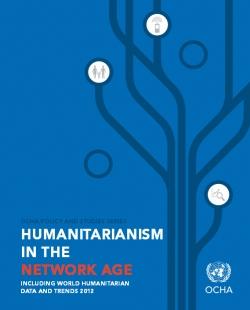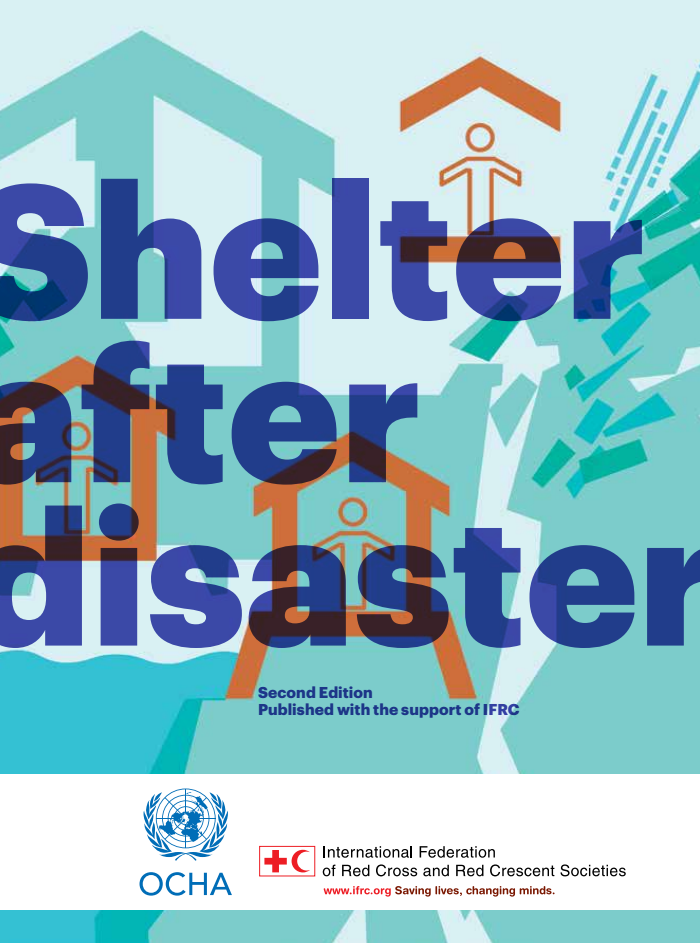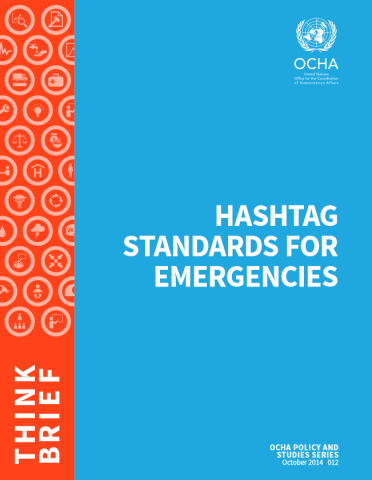Humanitarianism in the Network Age
A new report from OCHA explores how new communications technologies are already changing the face of disaster response. “Humanitarianism in the Network Age” (HINA) examines the implications for how a world of increasingly informed, connected and self-reliant communities will affect the delivery of humanitarian aid. It lays out some of the most pertinent features of […]
Humanitarianism in the Network Age Read More »



